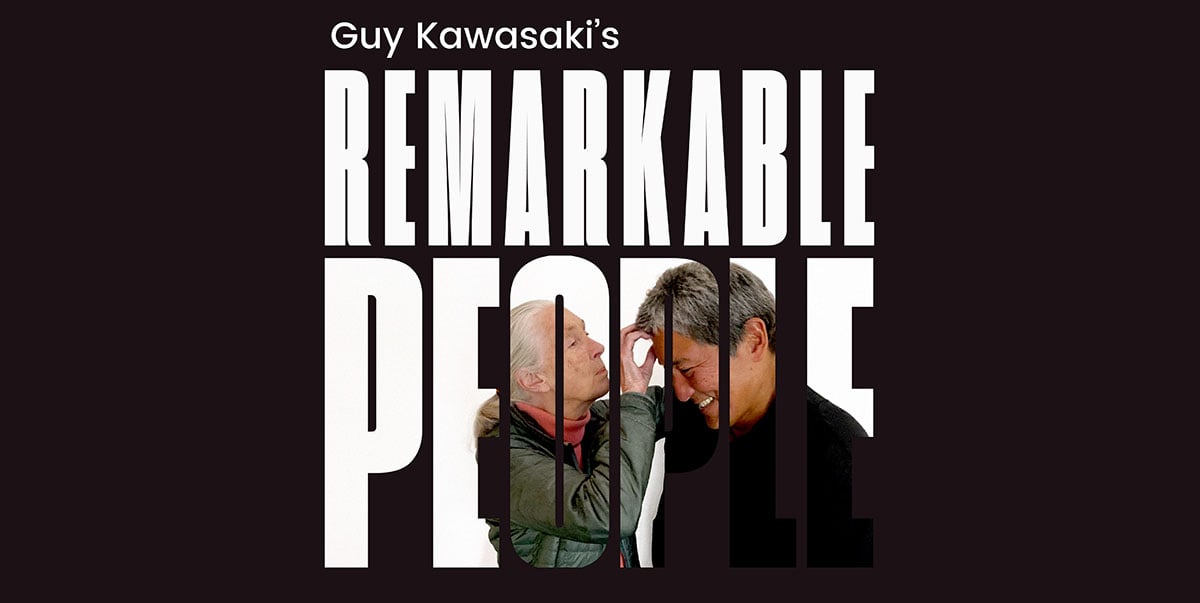January 9th 2007, and Steve Jobs revealed the iPhone to an expectant public: what will be the next product to change the world?
We used to have maps, and compasses, and diaries, and newspapers and torches and…well the list goes on. The concept was simple: if we could have a touchscreen keyboard, we could create a bigger screen. And with a bigger screen, we could do all sorts of things.
Steve Jobs and Jonathan Ive understood that a touchscreen phone that worked the way it should, would change the world, but they weren’t the first. Touchscreen phones had been around before, but there were two problems.
- Problem number one: the designs weren’t very good
- Problem number two: the technology wasn’t ready
Jobs and Ive solved the first problem, the second problem was solved by factors outside of their control, but they did get the timing right.
This interview with John Scully in Cult of Mac explains the second problem and why Apple was so successful at solving it:
“It’s hard to conceive how he (Steve Jobs) was able to accomplish so much with so little in those days. So for someone to build consumer products in the 1980s beyond what we did with the first Mac was literally impossible. In the 1990s with Moore’s Law and other things, the homogenization of technology, it became possible to begin to see what consumer products would look like but you couldn’t really build them. It really hasn’t been until the turn of the century that you sort of got the crossover between the cost of components, the commoditization and the miniaturization that you need for consumer products. The performance suddenly reached the point where you could actually build things that we can call digital consumer products.”
Think of it this way; the smartphone would have been little more than a gimmick without WiFi. Without advances in screen technology, a decent smartphone would have been impossible. Without Moore’s Law working away in the background, no computer would have ever been powerful enough to do what iPhones and Androids did.
Customer is not always right
Of course, if Jobs and Ive had listened to the research, it wouldn’t have happened.
As the former Apple marketing executive, Guy Kawasaki, says: “Customers cannot tell you what they need. Apple market research is an oxymoron. The Apple focus group was the right hemisphere of Steve’s brain talking to the left one. If you ask customers what they want, they will tell you: ‘Better, faster, and cheaper’ —that is, better sameness, not revolutionary change. They can only describe their desires in terms of what they are already using —around the time of the introduction of Macintosh; all people said they wanted was better, faster, and cheaper MS-DOS machines. The richest vein for tech startups is creating the product that you want to use—that’s what Steve and Woz did.”
As Henry Ford reportedly said, "If I asked people what they wanted they would have asked for faster horses".
Apple market cap
In January 2009, the Apple share price was around $3. Its market cap was around $48 billion. A few days ago, Apple’s valuation passed $3trillion. It has been down a bit since then, but even so, shares are up roughly 60-fold.

Disruption
Imagine in the year 2000 you had received a message from the future and it had stated, “In the year 2012, more photographs would be taken than in any previous year in history, but PC sales will be falling.” What would you have done? A logical move would have been to have bought shares in Kodak and begin shorting Apple. Yet in 2012, Kodak went bust, and at about that time, Apple became the biggest company in the world.
What is disruptive technology? The above narrative pretty much defines it.
What next?
Some people say Apple doesn’t innovate like it used to. They say that without Jobs, the company has lost the ability to create world-changing products.
The last 15 years hasn’t seen the repeat of the dramatic technology developments that made the iPhone possible. WiFi and faster wireless internet speeds, indeed the internet itself, were incredibly important changes. Along with the others referred to above, these developments made the iPhone possible.
Today, we are seeing a similar convergence of forces at play that creates multiple opportunities.
One such convergence is advances in the technology behind electric vehicles and advances in AI, creating the prospect of autonomous cars. And that is one area where Apple is planning something big.

Another area is a convergence of technologies, including distributed technologies creating web 3.0, advances in haptics and screen displays. This convergence is creating the opportunity that is the Metaverse. Remote working is creating the demand.

The next leap in devices
Question: What is better than a touchscreen phone? Second question, what is better than the screen display on your smartphone?
Answer to the first question; no physical keyboard at all but one in which the keyboard is virtual, and typing on it involves typing on s virtual keyboard.
The answer to the second: a screen display as big as the area your eyes can see.

That is the promise of augmented reality — no more keyboards, no more little screens.
If the rumoured Apple glasses can provide the solutions eluded to above, the product will be as big a deal as the iPhone.
If they don’t, or if the resulting product is difficult to use like touchscreen phones were before the iPhone or gives minimal uses, the product will disappoint.
And we haven’t even mentioned AI personal assistants.







Related News
The AI revolution is here
Jan 25, 2023
The impossible conclusion about technology becoming less disruptive and why it is so dangerous
Jan 20, 2023
Tech bubble! Are you kidding?
Jan 06, 2023